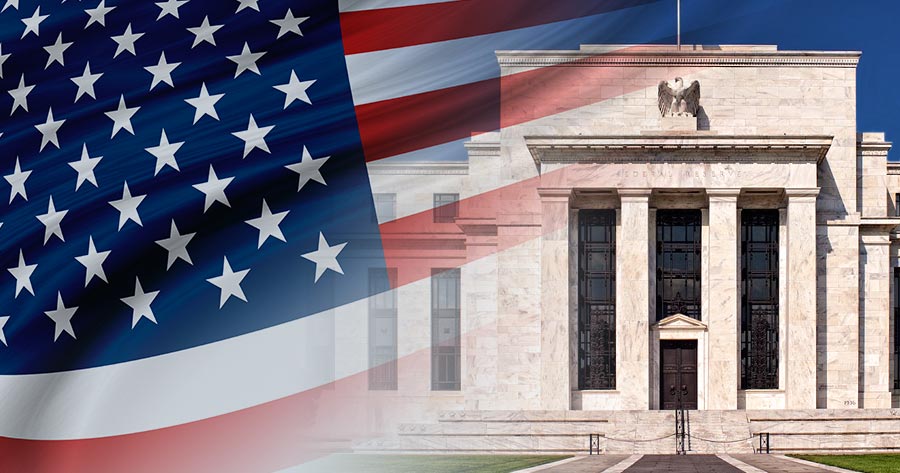Numerous analysts predict that the Federal Open Market Committee (FOMC) will maintain its benchmark interest rates at their current 23-year high until at least September due to stagnant progress in addressing inflation and a strong labor market.
If rate cuts do happen in September, it could widen the gap between the FOMC and the European Central Bank (ECB), which has already started easing monetary policy rates.
Wells Fargo economists highlighted in a recent note that recent data indicates a reduced risk of price acceleration stemming from robust economic activity.
Nonetheless, it is widely anticipated that the FOMC will not change its target range for the federal funds rate of 5.25%-5.50% at the conclusion of its policy meeting on June 12.
Following the release of the robust May jobs report, economists believe that a rate cut at the July meeting is unlikely. Federal Reserve Chairman Jerome Powell is expected to reiterate the Fed’s cautious stance on inflation in the upcoming meetings.
The Fed has maintained its interest rates since July last year. Powell is likely to emphasize that while the current rate is effective in curbing inflationary pressures, it might need to be held steady for a longer duration to further control inflation.
Consequently, the potential for a rate cut may occur in the latter part of the year – in either September, November, or December – or possibly not until 2025.




